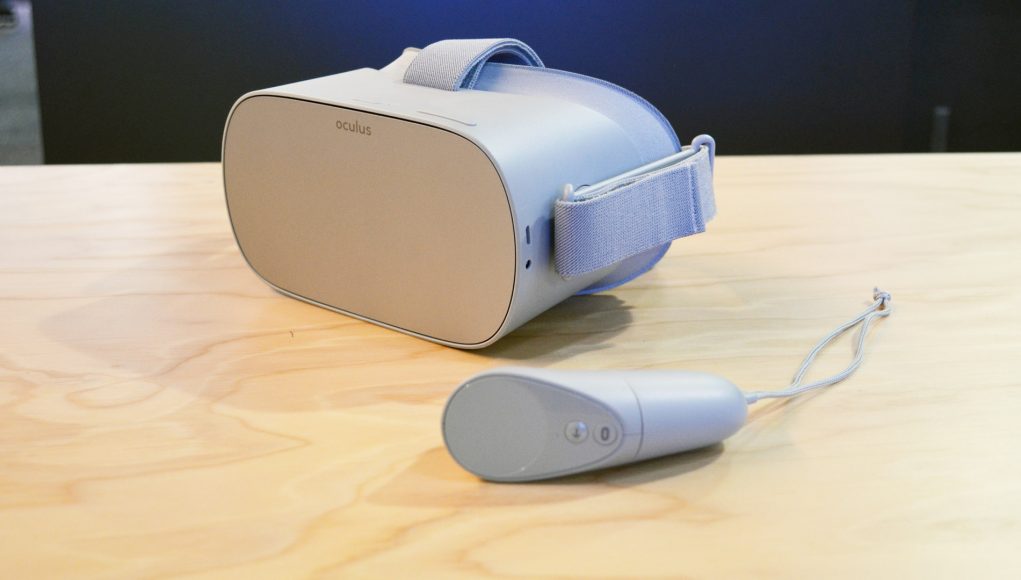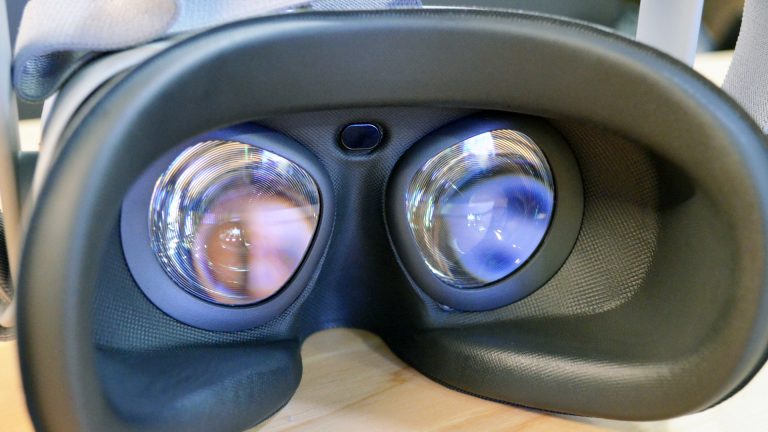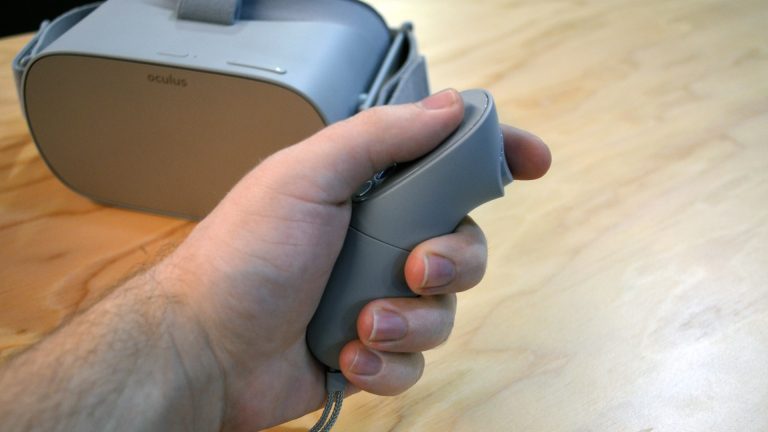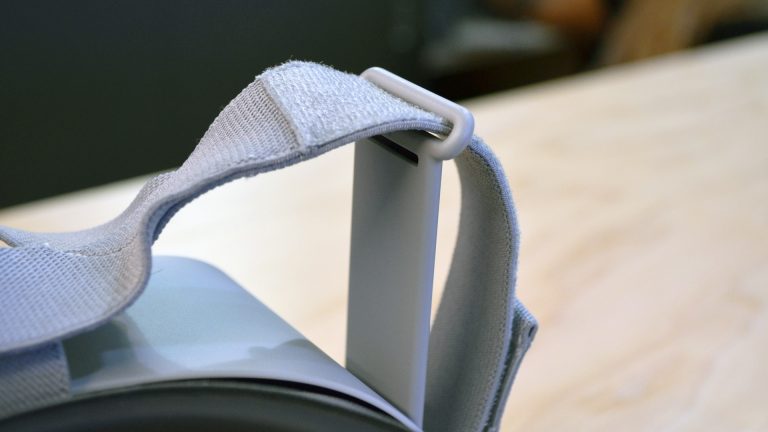The Most Affordable Standalone Virtual Reality Headset (Under $200)

image credit: Road to VR
Facebook owned Oculus announced their standalone headset, Oculus Go, several months ago. This week at GDC 2018, the company finally made their headset available for public demonstration.
The $200 standalone headset aim to provide a perfect sweet spot for affordability and mobility. The headset is very much like the first generation mobile VR, Gear VR, but does not require a Samsung smartphone, as everything is built into the headset. This conveniently enables user to enter the VR world without draining the phone’s internal battery. Unnecessary phone components eliminated to improve heat dissipation.

image credit: Road to VR
The new Fresnel lenses provides a larger field of view than the Gear VR, putting the Go closer to the Rift. The Go also provide sharper resolution than the Rift, where Go has 1280 x 1440 versus 1080 x 1200 on the Rift. The screen door effect is also much less noticeable. Although the limited computing power of this standalone headset will less likely appeal toward hardcore gamers. However, it is perfect for immersive photos and videos.
The Go controller shape is similar to the Touch controllers. It is a better feel than the newest Gear VR controllers. The Go controller’s rounded design fits nicely into the palm of your hand. The curve at the top ergonomically allows the finger to reach the trackpad and buttons easily. The trigger is in a good position and has a natural feel to it.

image credit: Road to VR
Similar the Go headset, the Go controllers supports 3 degrees of freedom rotational tracking. The feel will be similar to as if you are gaming with arms attached to the torso, swinging the controller around but only from a singular point. The overall feel will not be the same as 6 degrees of freedom as the Vive or Rift. However, the Go controller is still btter experience than the Gear VR.
Oculus Go Versus Gear VR
The Oculus Go supports all Gear VR applications. You will find the experience similar to Gear VR in terms of graphics and hands-on interaction. However, the biggest advantage of the Go is price and convenience, and less on the performance side.

Image credit: Road to VR
The audio is routed through the head strap, with a small slit opening that allow sound to travel near your ears. The means that you can get sound without the need to put on a headphone after you’ve strapped on the headset. Although the same type of feature is available on the Gear VR, sound only comes out from the phone’s internal speaker which is not the best quality experience. With the Oculus Go internal speaker, you will get better quality sound, even with stereo as well. However, if you wish to add a better sound experience, a 3.5mm audio jack is available so you can plug in your favorite earphone.
The best part of the Oculus Go is you do not need to own a Samsung line of Galaxy smartphone. For Gear VR owners, it is common to experience drained battery and over heated phone after VR. You might also have missed calls and messages while being away in the virtual world. With the Go, you also do not need an expensive PC as you do for HTC Vive and Oculus Rift. All the hardware is built into the device.
In comparison, despite Oculus Go is powered by older phone components, Oculus claims that it can out perform the Gear VR. Extra power juice is allocated for higher performance, which means rendering resolution and frame rate will be enhanced.
Although the headset feels a little front-heavy, the strap design actually helps to pivot against the user’s face.
In conclusion, although the Oculus Go only has (3DOF) in comparison to Lenovo Mirage Solo (6DOF), both can provide similar visual experience. At the end of the day, Oculus Go is only half the price of the Lenovo Mirage Solo. This VR headset will likely appeal to none-gamers who simply want to experience entry level virtual reality.

